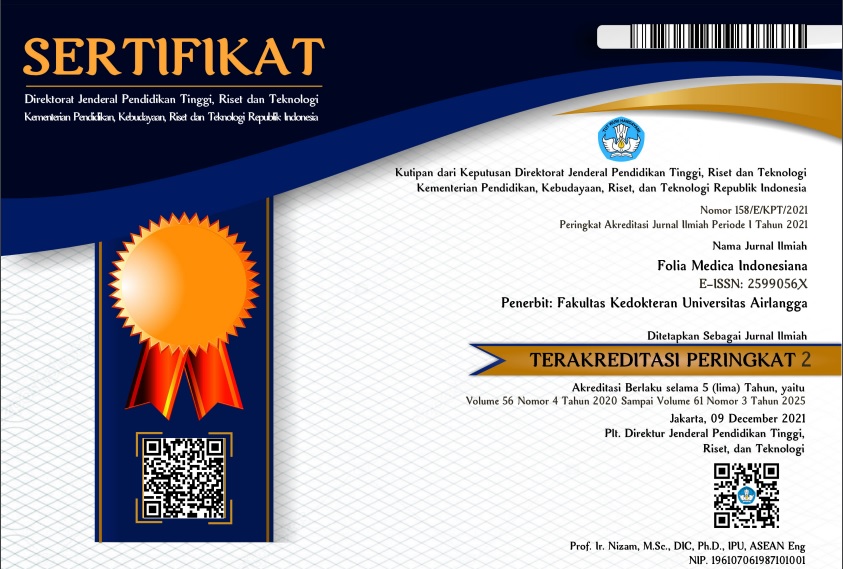Abstract
Up to the end of 2012, Social Security showed the occurence of 103.074 work accident cases. 91.21% of the accident casualties were recovered, 3.8% were disabled, 2.61% partially disabled, and the rest died (2.419 cases) and were totally-permanently disabled (37 cases), with the average of 282 work accident cases per day. Due to the increasingly tight corporate climate, the company tries to make production cost efficiency (cost of production). One solution that may be taken is by applying outsourcing system. With this system, the company may save expenses in funding human resources (HR) who work in the company concerned. If the aspects of the application of Occupational Safety and Health (OSH) are not properly managed, the possibility of work accidents and environmental pollution that have a negative effect on the corporate image and the continuity of company product supply will increase. This may affect the company's loss, both material and corporate image. The role and responsibility of the safety officer is very influential on the achievement of zero accident, so many safety programs are developed, such as safety briefing and safety patrol, with the aim to improve the aspect of OSH. However, some employees have not complied with the provisions of OSH implementation in the company they work at.
Keywords
outsourcing, role of safety officer, compliance
First Page
131
Last Page
138
DOI
10.20473/fmi.v53i2.6357
Publication Date
11-3-2017
Recommended Citation
Widajati, Noeroel; Ernawati, Meirina; and Martiana, Tri
(2017)
"Effect of the role of safety officer on compliance to occupational safety and health (osh) among outsourcing workers in company x, surabaya,"
Folia Medica Indonesiana: Vol. 53:
No.
2, Article 8.
DOI: 10.20473/fmi.v53i2.6357
Available at:
https://scholarly.unair.ac.id/fk-fmi/vol53/iss2/8






